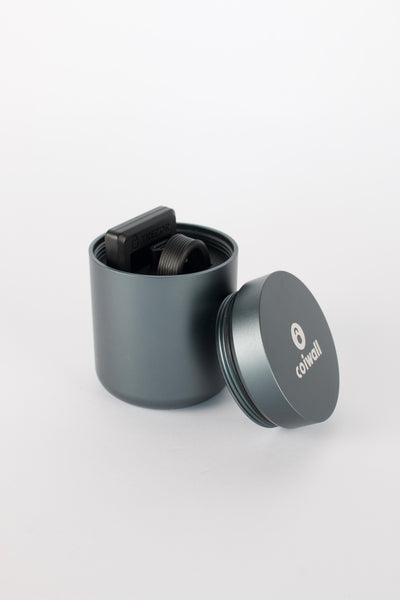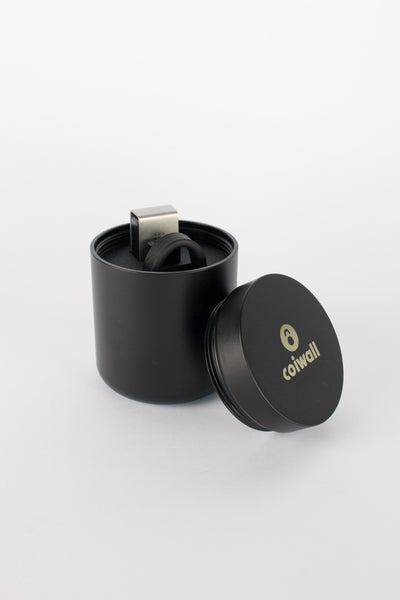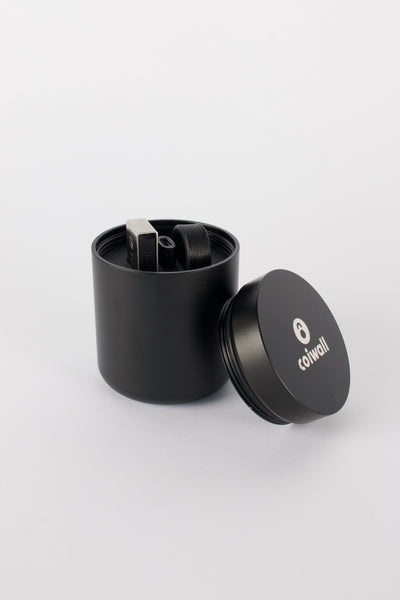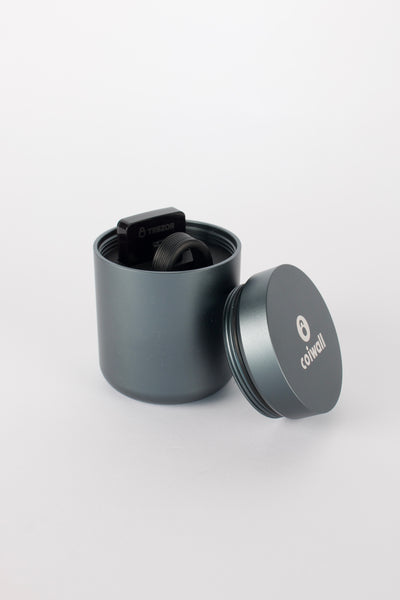You might've heard developers toss around talk of EIP-712, almost like it's a secret handshake in the Ethereum community. To some, it's just another tech jargon tossed onto the already overwhelming pile. But here's the thing: EIP-712 isn't just some abstract standard lurking in the depths of crypto forums. It's quietly reshaping how we all sign, verify, and trust transactions on Ethereum—and it's a lot more personal than you might think.
So, what is EIP-712, exactly?
Let’s break it down without getting lost in the weeds. EIP-712 is short for Ethereum Improvement Proposal 712. It's a protocol, sure, but more than that, it's a little piece of clarity for a sometimes perplexing digital world. Basically, it sets the rules for how messages—like transaction details or permissions—get structured and signed on Ethereum. The twist? EIP-712 makes signed data both human-readable and machine-verifiable. In a nutshell, you can see what you're signing, and the network (or your hardware wallet) can be sure nothing got fudged along the way.
Ever felt nervous clicking 'Sign'? You’re not alone.
If you’ve used a crypto wallet like MetaMask, Trezor, or Ledger, odds are you’ve seen messages like 'Sign this transaction'—sometimes with cryptic data blobs. That knot in your stomach? Totally normal. Nobody wants to approve a mysterious transaction and hope for the best. EIP-712 tackles this exact anxiety by making sure transactions are structured in a way that's easy for humans (not just machines) to read. You see the contract details, the amount, the address… all laid out in plain English. Now, there's less guesswork—much less room for costly mistakes.
Why did we need EIP-712 in the first place?
Before EIP-712, most Ethereum messages were encoded as unintelligible hexadecimal strings. It was almost as if you needed a secret decoder ring to figure out if you were sending ETH to your friend or accidentally to a scammer. Signing raw data put users at risk, and plenty of folks learned this the hard way. Phishing schemes preyed on those indecipherable prompts.
With EIP-712, you can see exactly what's on the table before you commit. It's a bit like skimming the bill at a restaurant before you slap your card down—you want to spot errors or sneaky additions before it’s too late.
Under the Hood: Structured Data, Solidity, and Trust
Picture EIP-712 as a grammar book for Ethereum messages. It defines things like data types (strings, numbers, addresses), lays out a clear format for messages, and helps eliminate ambiguity. Contracts and wallets use this 'grammar' to display what’s happening in terms users get. Whether you’re a Solidity-wrangling developer or a weekend dApp explorer, this standard matters.
Technically, EIP-712 uses typed data structures identified within smart contracts. When you sign a message, both your browser wallet and Ledger or Trezor device know exactly what the signature applies to—no more, no less. The real-world upshot? It’s much, much harder for sneaky actors to get you to sign something you didn’t mean to.
Hardware Wallets and EIP-712: A Trusty Sidekick
Here’s an angle you might not have expected: hardware wallets. They’re like the safes of the crypto world—Trezor and Ledger leading the pack. Integrating EIP-712 into these devices means your signatures become even more reliable. The screen on your Ledger wallet can display a breakdown of the transaction, not just a random string of data.
It’s a small change with a big impact. People feel more confident about clicking 'sign' when they can double-check the sender, recipient, and details right there on their hardware wallet. Less fear, fewer mistakes, and—dare I say it?—a little less heartburn for everyone involved.
Why Human-Readability Actually Matters
You might ask yourself: does seeing my Ethereum transaction details really make a difference? Absolutely. Imagine buying concert tickets online, and all you get to see is a string of random numbers before you punch in your card details. You'd feel uneasy, right? EIP-712 pulls back the curtain, letting you check the fine print before that digital handshake is complete.
It’s not paranoia—it’s good sense. In a space where mistakes can be unforgiving (one extra zero, one wrong address, and poof, your ETH is gone), transparency is a must-have, not a nice-to-have.
A Few Real-Life Use Cases That Might Surprise You
- Decentralized voting: DAOs (Decentralized Autonomous Organizations) often use EIP-712 so members can vote securely, with voting data clearly shown before committing.
- DeFi trading approvals: When connecting your wallet to a DEX like Uniswap or SushiSwap, those “permit” messages use EIP-712, letting you review and approve permissions safely.
- Signing agreements: NFT marketplaces and escrow contracts lean on EIP-712 for secure signature requests, reducing the risk that you’re accidentally giving away more than you bargained for.
Knowing exactly what you’re signing—and being able to prove it—pays dividends long after the transaction finishes.
Wait, isn’t this just a developer’s concern?
It might seem like technical plumbing, but the ripple effect lands squarely on everyday users. Sure, developers have to implement EIP-712 support in their contracts and apps, but the ultimate beneficiary? That’s the human staring at the wallet screen. The one burning the midnight oil entering seed phrases and hoping nothing goes wrong.
Here’s something to remember: the most robust tech upgrades quietly disappear into daily routines. You don’t think about SSL/TLS encryption when you log into your bank, and soon, hopefully, you’ll stop worrying about what exactly you’re signing with your crypto wallet too.
An Eye on the Future: Where Does EIP-712 Go From Here?
Crypto and blockchain tech move at breakneck pace. As new features, dApps, and even entire blockchains pop up, the need for clear, human-readable signatures won’t go away. EIP-712 is already being adapted for use outside Ethereum proper—as Layer 2 rollups and cross-chain protocols want that same blend of security, transparency, and user-friendliness. And with wallets like Trezor and Ledger staying on the cutting edge, expect even more seamless experiences in the near future.
Final Thoughts
So whether you’re a seasoned developer, a crypto hobbyist, or just figuring out the ropes—remember that little EIP-712 label next time your wallet asks for your signature. It's there to help you breathe a little easier, making crypto transactions just a touch more human. Because, honestly, trust is everything in this space, and it's nice to know the tech is finally meeting us halfway.











